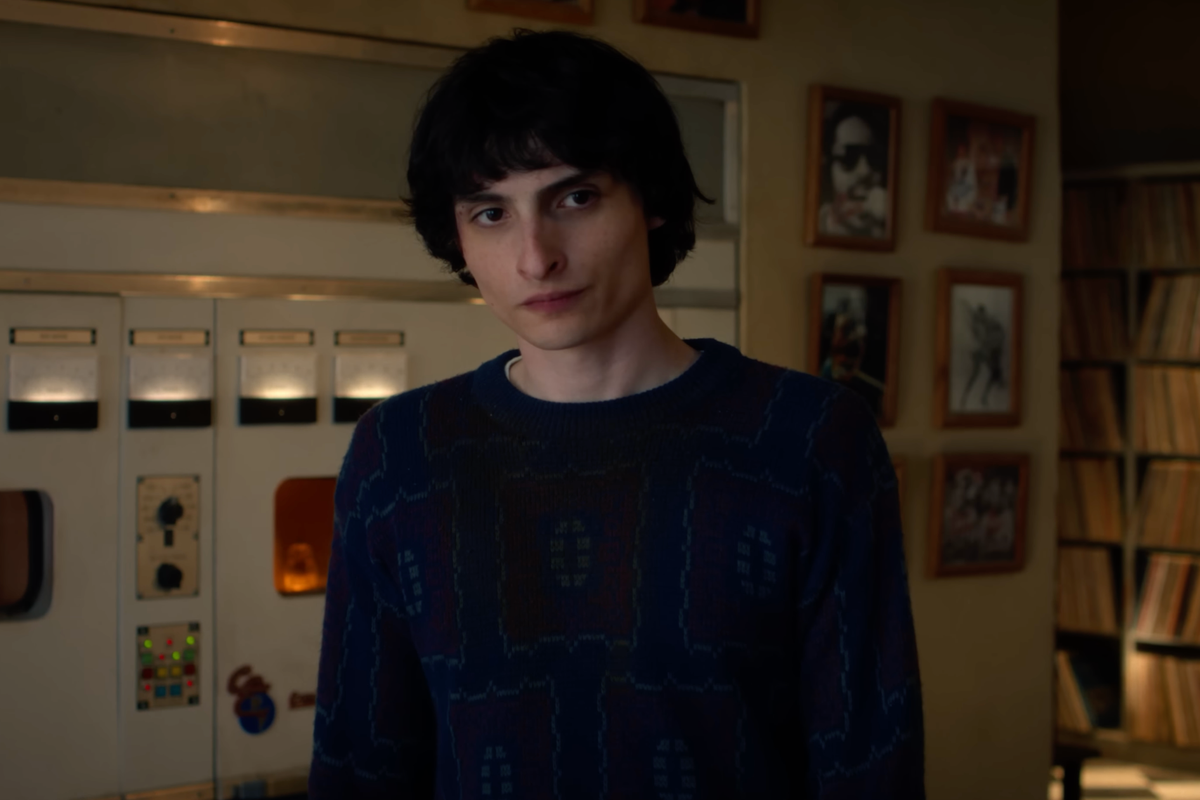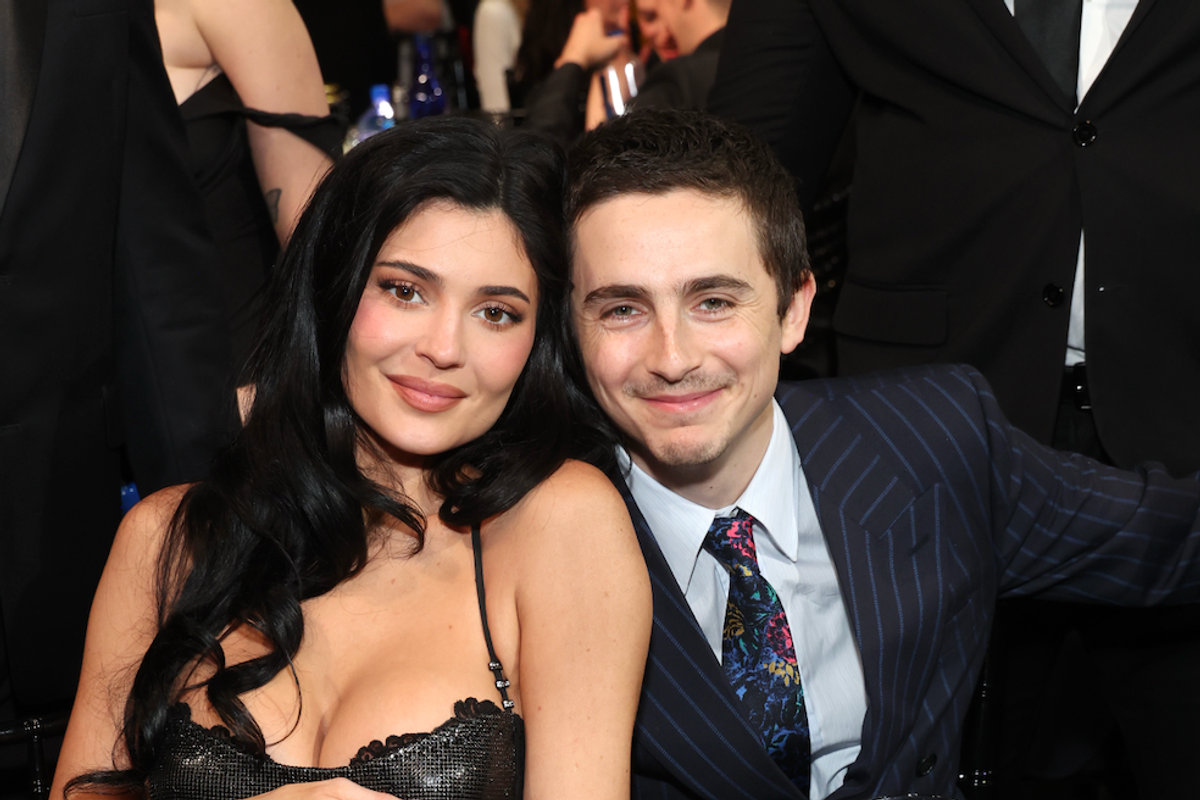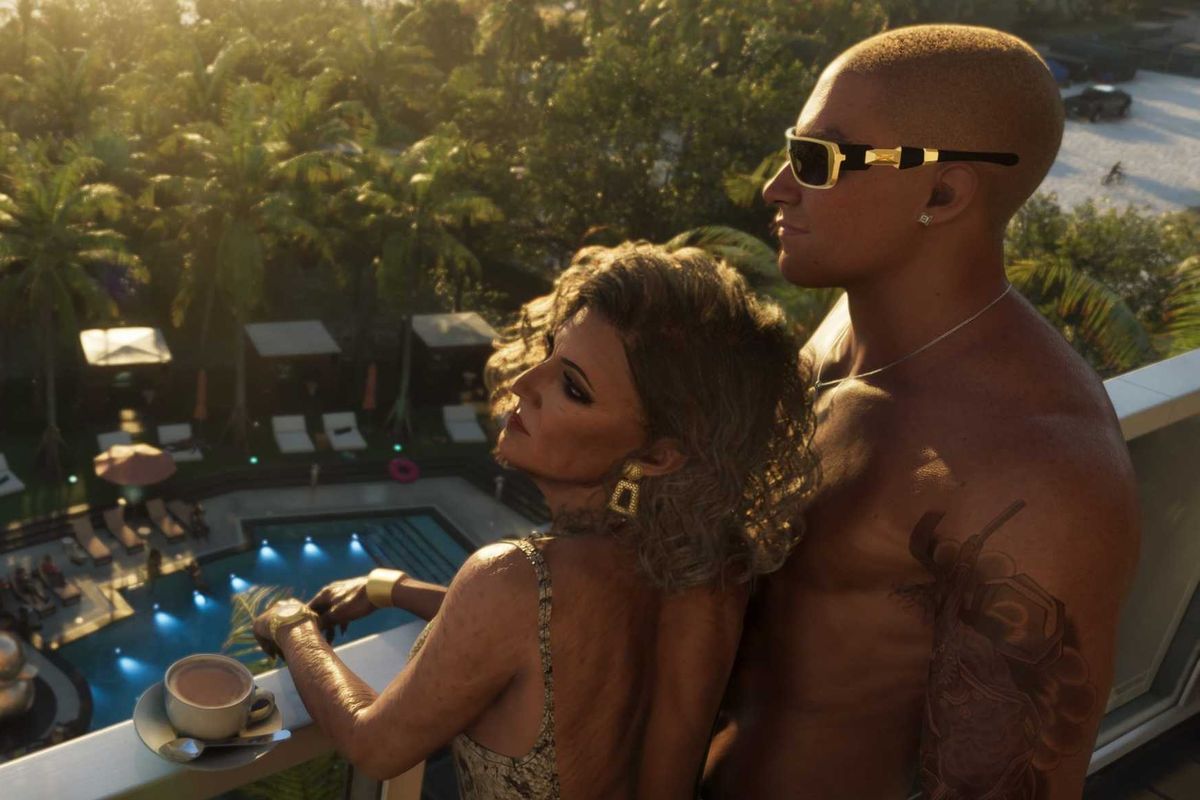Viral
Narjas Zatat
Mar 19, 2018

A Neanderthal model on display at the Natural History Museum
The Natural History Museum, London
The science community has discovered humans had an older, now extinct relative called the Denisovans - that modern humans mated with.
Evidence, published in the journal CELL indicates that when our early ancestors travelled to Asia, they mated with the Denisovans already living there.
We already knew that modern humans interbred with Neanderthals thanks to advanced genetic sequencing techniques, but this discovery confirms that a population of people in the world today have traces of Denisovan ancestry.
Scientists at the University of Washington identified that the genomes of two groups of modern humans who have Denisovan ancestry – people from Oceania (Melanesia, Micronesia, Polynesia and Australasia) and those from East Asia are different.
This means there must have been two separate mating episodes.
The new study disproves previous assumptions that the ancestry in Asia resulted from Oceanic migration. Senior author Sharon Browning says:
What was known already was that Oceanian individuals, notably Papuan individuals, have significant amounts of Denisovan ancestry.
The genomes of modern Papuan individuals contain approximately 5 per cent Denisovan ancestry.
In this new work with East Asians, we find a second set of Denisovan ancestry that we do not find in the South Asians and Papuans. This Denisovan ancestry in East Asians seems to be something they acquired themselves.
We analysed all of the genomes searching for sections of DNA that looked like they came from Denisovans.
When we compared pieces of DNA from the Papuans against the Denisovan genome, many sequences were similar enough to declare a match, but some of the DNA sequences in the East Asians, notably Han Chinese, Chinese Dai, and Japanese, were a much closer match with the Denisovan.
H/T Eurekalert
More: Scientists find 40,000-year-old bracelet made by something other than our ancestors
More: Scientists have discovered new fossils that change the traditional human origin story
Top 100
The Conversation (0)













